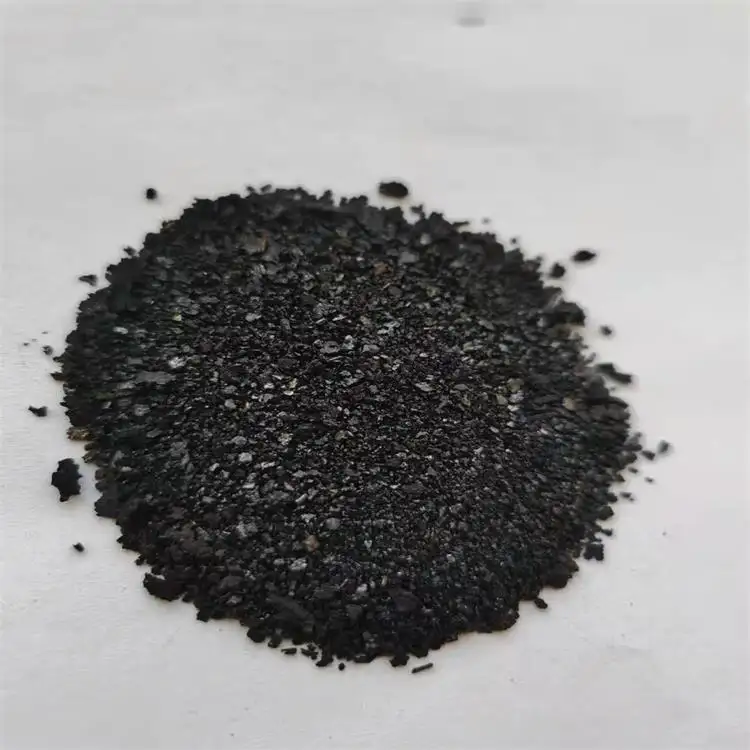Indigo Powder Color Production Facilities and Their Impact on Textile Industry
The Vibrant World of Indigo Powder Colour Factories
Indigo powder, derived from the leaves of the Indigofera plant, has been one of the most coveted natural dyes for centuries. Its rich blue hue has captured the imagination of artisans and consumers alike, playing a vital role in the textile industry and beyond. Today, indigo powder colour factories are not only preserving age-old techniques but also integrating modern practices to meet contemporary demands.
Historical Significance
The history of indigo dates back thousands of years, with evidence of its use found in ancient civilizations across Asia, Africa, and the Americas. In the past, indigo was harvested and processed by hand, requiring immense skill and labor. The dye was not only a source of income for many communities but also held cultural and spiritual significance. Traditional dyeing methods often involve a fermentation process, where leaves are submerged in water to create a rich, deep blue after oxidation.
Modern Production Techniques
Today, indigo powder colour factories have evolved significantly. While some still honor traditional methods, many have adopted modern technology to increase efficiency and output. Factories utilize advanced machinery to process the indigo leaves, allowing for quicker extraction and refining of the dye. Automated systems have reduced the manual labor required, while also ensuring consistency in colour quality.
Moreover, as environmental concerns grow, many indigo powder factories are embracing sustainable practices. Organic farming methods are being adopted for the cultivation of Indigofera plants, minimizing the use of harmful chemicals and pesticides. This not only protects the environment but also meets the increasing consumer demand for eco-friendly products.
The Role of Artisans
indigo powder colour factories

Despite the technological advancements in indigo production, artisans remain at the heart of the industry. Skilled craftsmen and women play a crucial role in dyeing textiles, preserving the intricate art forms that define various cultural identities. In many regions, traditional methods coexist with industrial production, allowing local communities to benefit economically while maintaining their heritage.
Artisanal dyeing techniques often involve using natural mordants and blankets of fabric that are dipped multiple times to achieve varying shades of blue. This painstaking process not only yields stunning results but also tells the story of a culture's connection to the land and its resources.
Market Demand and Globalization
As the global demand for indigo powder grows, the market is becoming increasingly competitive. From fashion designers seeking to incorporate organic dyes in their collections to textile manufacturers looking for sustainable alternatives to synthetic dyes, the versatility of indigo has led to its resurgence in popularity.
Social media and online marketplaces have also played a significant role in the revival of indigo culture. Consumers are now more informed and interested in the origins of their products, which has its roots in craftsmanship and sustainability. Consequently, the appeal of indigo has transcended borders, fostering a global community of indigo enthusiasts.
Conclusion
Indigo powder colour factories embody a rich history interwoven with modern innovation. They represent the perfect blend of tradition and progress, preserving a cultural legacy while adapting to contemporary needs. As the world embraces sustainability and artisanal craftsmanship, indigo powder continues to flourish as a symbol of beauty, creativity, and environmental consciousness. Whether in a small village or a large factory, the love for this vibrant dye connects people across the globe, ensuring that its legacy will endure for generations to come.
-
The Timeless Art of Denim Indigo Dye
NewsJul.01,2025
-
The Rise of Sulfur Dyed Denim
NewsJul.01,2025
-
The Rich Revival of the Best Indigo Dye
NewsJul.01,2025
-
The Enduring Strength of Sulphur Black
NewsJul.01,2025
-
The Ancient Art of Chinese Indigo Dye
NewsJul.01,2025
-
Industry Power of Indigo
NewsJul.01,2025
-
Black Sulfur is Leading the Next Wave
NewsJul.01,2025

Sulphur Black
1.Name: sulphur black; Sulfur Black; Sulphur Black 1;
2.Structure formula:
3.Molecule formula: C6H4N2O5
4.CAS No.: 1326-82-5
5.HS code: 32041911
6.Product specification:Appearance:black phosphorus flakes; black liquid

Bromo Indigo; Vat Bromo-Indigo; C.I.Vat Blue 5
1.Name: Bromo indigo; Vat bromo-indigo; C.I.Vat blue 5;
2.Structure formula:
3.Molecule formula: C16H6Br4N2O2
4.CAS No.: 2475-31-2
5.HS code: 3204151000 6.Major usage and instruction: Be mainly used to dye cotton fabrics.

Indigo Blue Vat Blue
1.Name: indigo blue,vat blue 1,
2.Structure formula:
3.Molecule formula: C16H10N2O2
4.. CAS No.: 482-89-3
5.Molecule weight: 262.62
6.HS code: 3204151000
7.Major usage and instruction: Be mainly used to dye cotton fabrics.

